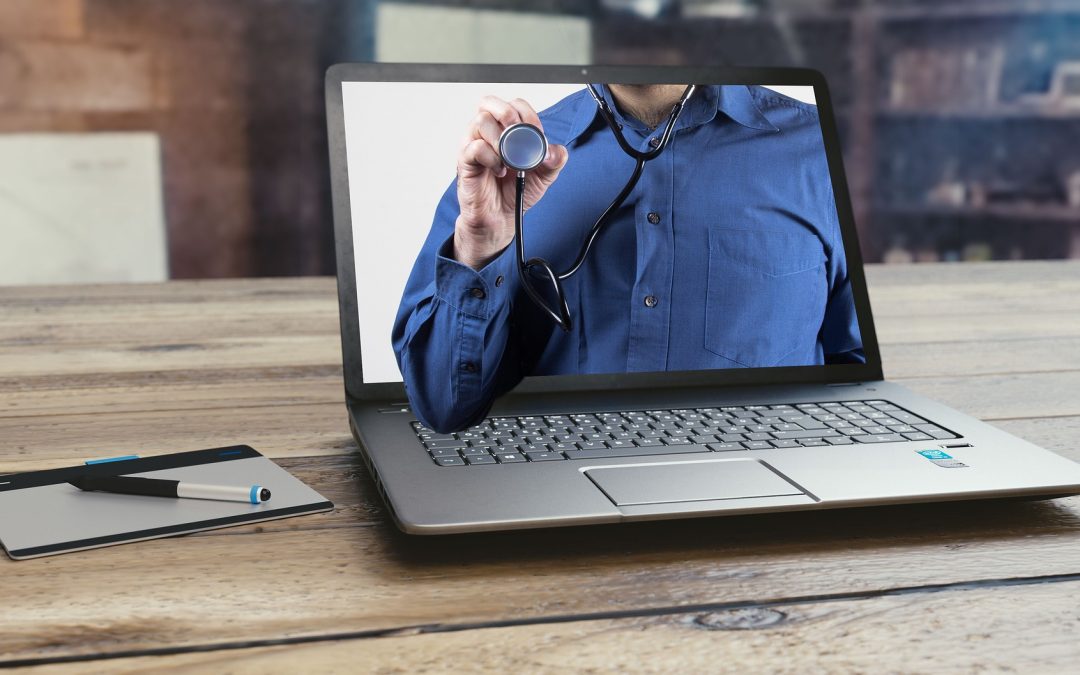Health care providers have been able to use telehealth for a wide range of services, from exams to consultations to diagnosis to patient monitoring. Telehealth services offer a wide range of benefits to health care providers and patients alike, and these benefits have never been more important or obvious than in the wake of the COVID-19 pandemic.
However, as the accompanying resource points out, with all of these benefits come some risks, largely revolving around privacy. When health care administrators think about privacy, their attention often turns to software systems and procedures used in the transmission and collection of personal data. Relatively simple changes — such as having automatic log-off for video conferencing — could help a great deal in preventing other members of the staff or unauthorized personnel and third parties from accidentally or purposefully gaining access. Along similar lines, using encrypted logins and two-step login authentication can substantially reduce the risk of unauthorized access.
The resource provides a high-level overview of the major privacy issues with telehealth, as well as recommendations for securing data and communication. Since telehealth will continue to be a rapidly expanding health care option post-pandemic, it is critical for health care providers to implement secure and scalable systems now, so that patients will continue to have confidence in using the telehealth option. For more information on how to keep yourself safe, continue reading!



Connect With Me !